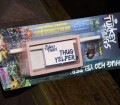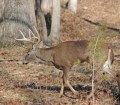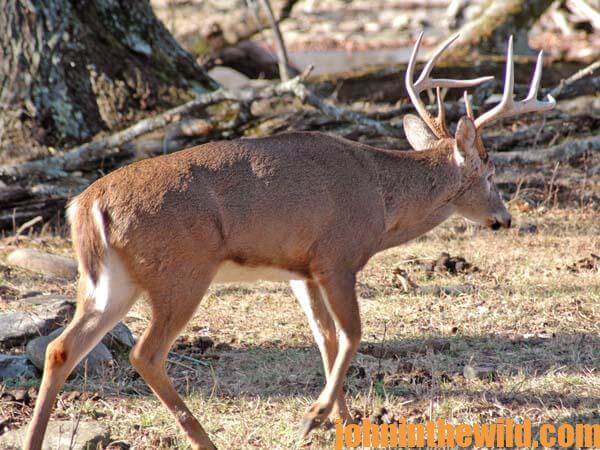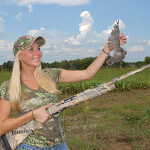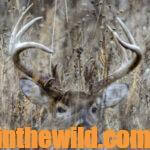John’s Note: The little things that may seem insignificant can make or break your bowhunt. Here’s how to spot potential problems.
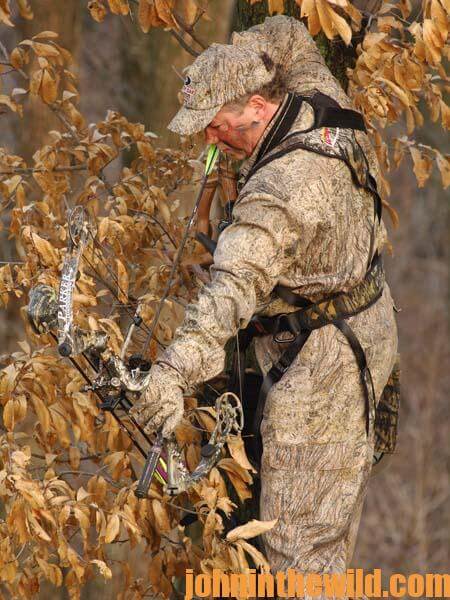 A well-defined blood trail, tracks in soft mud and drag signs where a wounded animal has pulled itself through heavy brush are easy deer signs to read. But when the arrow doesn’t penetrate both sides of the deer, many times there’s only the slightest evidence of the deer’s passing. Then, the hunter’s chances of recovery are greatly reduced. The bowman who relies heavily on a blood trail and his ability to see the animal fall will lose more arrowed deer than he ever will recover. But the archer who assumes that he’ll have to be able to see and understand even the smallest detail in trailing the deer will more likely than not recover his animal.
A well-defined blood trail, tracks in soft mud and drag signs where a wounded animal has pulled itself through heavy brush are easy deer signs to read. But when the arrow doesn’t penetrate both sides of the deer, many times there’s only the slightest evidence of the deer’s passing. Then, the hunter’s chances of recovery are greatly reduced. The bowman who relies heavily on a blood trail and his ability to see the animal fall will lose more arrowed deer than he ever will recover. But the archer who assumes that he’ll have to be able to see and understand even the smallest detail in trailing the deer will more likely than not recover his animal.
Little details that result in recovery often begin while the bowman is still in the tree. The late Clarence Yates (see Days 3 & 4) always recommended that the bowhunter remember details like:
* “Where did the arrow hit the deer?
* “What did the deer do when the arrow hit?
* “Where was the deer standing when the shaft struck home?
* “Which direction did the deer run when he was arrowed?
* “Where should the deer logically go?
* “What did the bowhunter hear when he no longer could see the deer?
* “How long should the bowhunter wait before going after the deer?
* “What should the bowhunter do before leaving the tree?”
The hunter should feed this information into his brain and compute it before he ever leaves the tree to find the arrowed deer. Each of these details will be critical factors in finding a downed animal. The bowhunter also should assume that when he gets on the ground that things will look differently. Clarence Yates always advised the archer to shoot two arrows into the hunting area before leaving the tree. “The first arrow should be placed where the hunter spotted the deer when he released the arrow. The second shaft should be shot into the ground at or near the last place that the hunter saw the deer. Too, before climbing out of the tree, mark the arrows you’ve shot with easy-to-find landmarks.
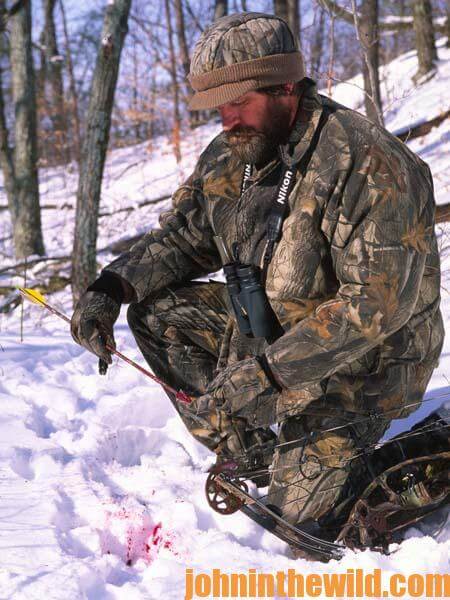 “Then once on the ground, go to your first arrow, and look not only for blood where you’ve shot the deer but also for the deer’s hair, bone, stomach material and any-other sign that will give you a clue as to where the arrow was placed in the whitetail. These small details and bits of information should be added into the knowledge that you’ve learned before leaving the tree.
“Then once on the ground, go to your first arrow, and look not only for blood where you’ve shot the deer but also for the deer’s hair, bone, stomach material and any-other sign that will give you a clue as to where the arrow was placed in the whitetail. These small details and bits of information should be added into the knowledge that you’ve learned before leaving the tree.
“Next, look in the direction that you’ve last seen the deer heading to try and determine from the two arrows sticking in the ground, the line of flight that the deer has taken. Between the two arrows, search for the type of sign you’ll be required to follow, if you’re to recover your deer. There may be a blood trail. Other times there may be only tracks to give indication of the deer’s passing, and sometimes there may be evidence of stomach content along the route the deer is traveling. But no matter what sign you’ll eventually have to begin your trailing, you have two points that you can study all of the information in-between, because you’ve marked a certain segment of that trail with the two arrows.
“Other little details that successful bowmen use to recover wounded animals include the sign that they read that’s off the ground. Deer stand-up 3- to 4-feet above the ground and will brush against trees, bushes and grasses as they pass. Therefore a deer may leave a blood trail on the sides of these plants that never will be observed by the outdoorsman on his hands and knees, following only a ground trail. A snapped twig, a turned-over leaf, a wet place on the side of a tree or a big thicket at the point where the trail ends where a wounded deer may bed down all can be clues for recovering an arrowed buck. But only the bowhunter who is accustomed to paying close attention to the smallest detail may be regularly successful at finding downed game.”
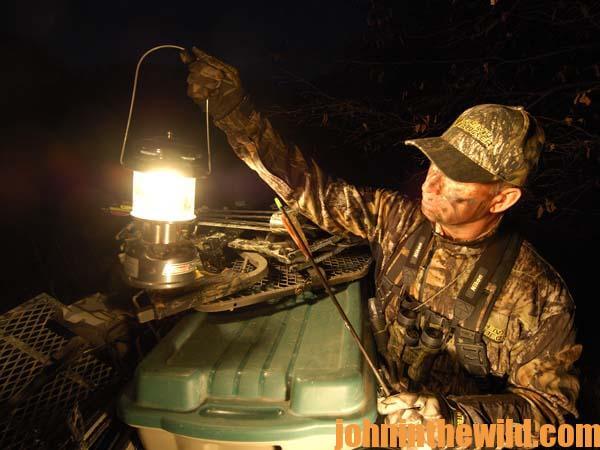 When we talk about bowhunting, the first thing we most often consider is finding the deer and shooting accurately. However, there are so-many small details that when paid attention to result in success. The little things are what make the difference. Good bowhunters, great archers and sportsmen who are deadly with their bows learn these little things and incorporate them into their hunt plans for success.
When we talk about bowhunting, the first thing we most often consider is finding the deer and shooting accurately. However, there are so-many small details that when paid attention to result in success. The little things are what make the difference. Good bowhunters, great archers and sportsmen who are deadly with their bows learn these little things and incorporate them into their hunt plans for success.
To get John E. Phillips’ Kindle eBooks and print books on hunting deer, “How to Hunt and Take Big Buck Deer on Small Properties,” “How to Hunt Deer Up Close: With Bows, Rifles, Muzzleloaders and Crossbows,” “PhD Whitetails: How to Hunt and Take the Smartest Deer on Any Property,” “How to Take Monster Bucks,” “How to Hunt Deer Like a Pro,” and “Mossy Oak Pros Know Bucks and Bows,” or to prepare venison, “Deer & Fixings,” click here.
For information on making jerky from your deer to provide a protein-rich snack, you can download a free book from https://johninthewild.com/free-books.

